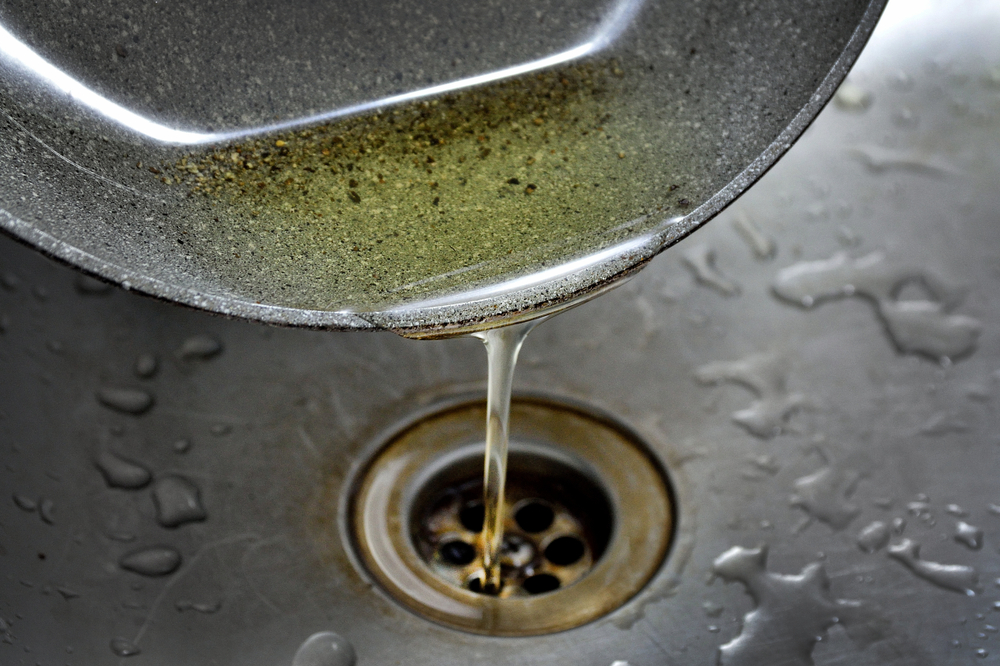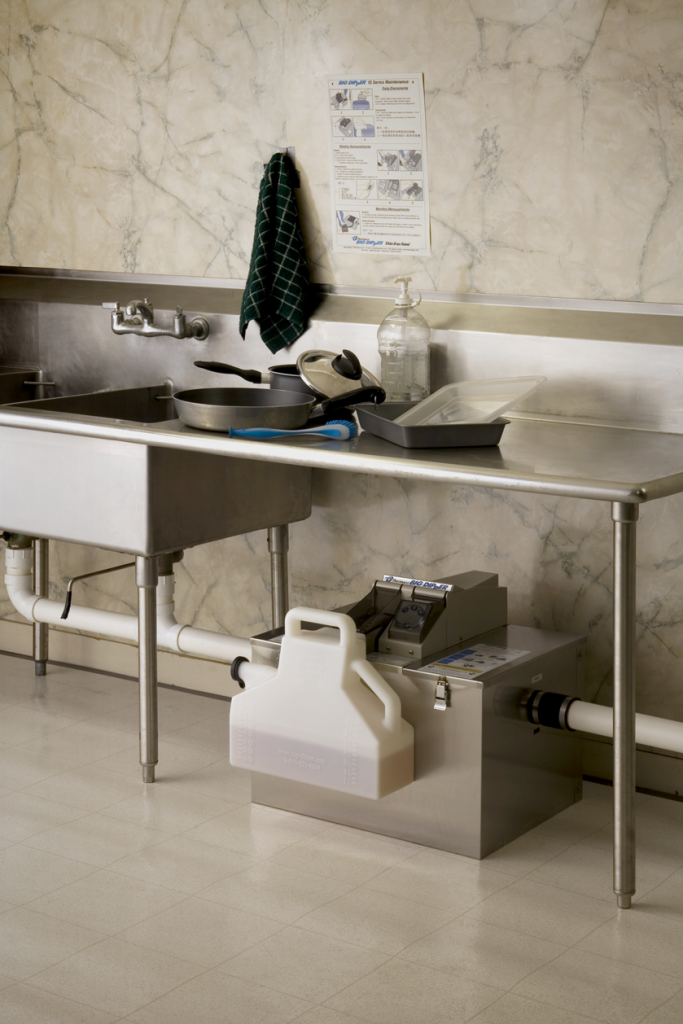Introduction Drainage is one of the most overlooked aspects of landscape design by contractors and homeowners. Instead, most people opt

When it comes to designing a restaurant’s MEP (Mechanical, Electrical, and Plumbing) system, one of the essential components is grease interceptor design. Grease interceptors are designed to capture fats, oils, and grease (FOG) that can accumulate in wastewater and cause blockages in the plumbing system. In this blog post, we will discuss the basic principles for sizing grease interceptors in MEP design for restaurants.
The first step in grease interceptor design is to understand the local plumbing code requirements. Each city and state has its own set of regulations regarding the size and type of grease interceptors that are required for different types of commercial kitchens. For example, in some areas, a grease interceptor is required for any restaurant that produces more than 25 gallons of wastewater per minute. In other areas, the requirement may be based on the number of meals served per day.
Once you understand the local plumbing code requirements, the next step is to calculate the flow rate of wastewater that the grease interceptor will need to handle. The flow rate is measured in gallons per minute (GPM) and is determined by the size of the plumbing fixtures in the restaurant. For example, a sink may have a flow rate of 2 GPM, while a dishwasher may have a flow rate of 5 GPM.
To calculate the total flow rate for the restaurant, you will need to add up the flow rates for all of the plumbing fixtures. This will give you an estimate of the maximum amount of wastewater that the grease interceptor will need to handle.
Once you have calculated the flow rate, you can determine the size of the grease interceptor that is required. Grease interceptors are typically measured in terms of their capacity in pounds. The capacity of a grease interceptor refers to the amount of FOG that it can hold before it needs to be emptied.
To determine the size of the grease interceptor, you will need to use a sizing chart. Sizing charts take into account the flow rate of wastewater and the type of food that is being prepared in the kitchen. For example, if the restaurant is primarily serving fried foods, then a larger grease interceptor may be required.

In addition to the size of the grease interceptor, it is important to consider its location within the plumbing system. Grease interceptors should be located as close to the source of the wastewater as possible, such as near the kitchen sink or dishwasher. This helps to ensure that the FOG is captured before it has a chance to solidify and cause blockages in the plumbing system.
There are several different types of grease interceptors available, and the type that is best for your restaurant will depend on a variety of factors, including the local plumbing code requirements, the size of the plumbing fixtures, and the type of food that is being prepared.
Gravity grease interceptors are the most common type and are typically used for smaller restaurants. They rely on gravity to separate the FOG from the wastewater.
Hydromechanical grease interceptors are designed for larger restaurants and use a combination of mechanical and hydraulic separation to capture the FOG.
Automatic grease interceptors are the most advanced type and are designed for high-volume kitchens. They use sensors to monitor the level of FOG in the interceptor and automatically pump it out when it reaches a certain level.
In conclusion, sizing grease interceptors is an essential part of MEP design for restaurants. By understanding the local plumbing code requirements, calculating the flow rate, determining the size of the grease interceptor, considering its location, and choosing the right type, you can ensure that your restaurant’s plumbing system operates efficiently and effectively.
About Author
InnoDez